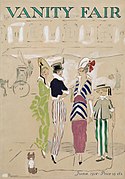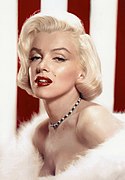
A model is a person with a role either to display commercial products or to serve as an artist's model or to pose for photography.

Bondage pornography, also referred to as bondage erotica is the depiction of sexual bondage or other BDSM activities using photographs, stories, films or drawings. Though often described as pornography, the genre involves the presentation of bondage fetishism or BDSM scenarios and does not necessarily involve the commonly understood pornographic styles. In fact, the genre is primarily interested with the presentation of a bondage scene and less with depictions of sexuality, such as nudity or sex scenes, which may be viewed as a distraction from the aesthetics and eroticism of the sex scenario itself.
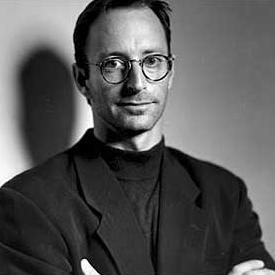
Herbert Ritts Jr. was an American fashion photographer and director known for his photographs of celebrities, models, and other cultural figures throughout the 1980s and 1990s. His work concentrated on black and white photography and portraits, often in the style of classical Greek sculpture, which emphasized the human shape.

Cynthia Ann Crawford is an American model. During the 1980s and 1990s, she was among the most popular supermodels and a ubiquitous presence on magazine covers and runways, as well as fashion campaigns. She subsequently expanded into acting and business ventures.

A pin-up model is a model whose mass-produced pictures and photographs have wide appeal within the popular culture of a society. Pin-up models are usually glamour models, actresses, or fashion models whose pictures are intended for informal and aesthetic display, known for being pinned onto a wall. From the 1940s, pictures of pin-up girls were also known as cheesecake in the U.S.
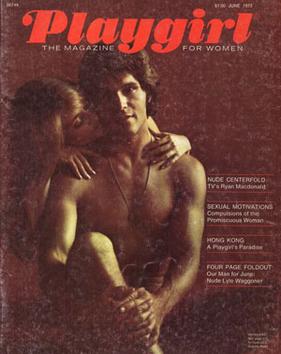
Playgirl was an American magazine that had historically featured pictorials of nude and semi-nude men alongside general interest, lifestyle, and celebrity journalism, as well as original fiction. For most of its history, the magazine printed monthly and was marketed mainly to women, though it developed a significant gay male readership.

A Playmate is a female model featured in the centerfold/gatefold of Playboy magazine as Playmate of the Month (PMOTM). The PMOTM's pictorial includes nude photographs and a centerfold poster, along with a pictorial biography and the "Playmate Data Sheet", which lists her birthdate, measurements, turn-ons, and turn-offs. At the end of the year, one of the 12 Playmates of the Month is named Playmate of the Year (PMOTY). Every Playmate of the Month is awarded a prize of US$25,000 and each Playmate of the Year receives an additional prize of US$100,000 plus a car and other discretionary gifts. In addition, Anniversary Playmates are usually chosen to celebrate a milestone year of the magazine. The use of the word "Playmate" in a sexual sense did not originate with Playboy, and was seen at least as early as 1950 in Vue magazine.
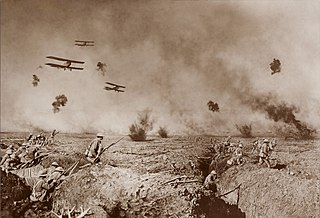
Photograph manipulation involves the transformation or alteration of a photograph. Some photograph manipulations are considered to be skillful artwork, while others are considered to be unethical practices, especially when used to deceive. Motives for manipulating photographs include political propaganda, altering the appearance of a subject, entertainment and humor.

George Brown Petty IV was an American pin-up artist. His pin-up art appeared primarily in Esquire and Fawcett Publications's True but was also in calendars marketed by Esquire, True and Ridgid Tool Company. Petty's Esquire gatefolds originated and popularized the magazine device of centerfold spreads. Reproductions of his work, known as "Petty Girls," were widely rendered by military artists as nose art decorating warplanes during the Second World War, including the Memphis Belle.
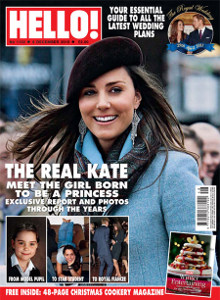
Hello! is a royalist weekly magazine specializing in celebrity news and human-interest stories, first published in the United Kingdom on May 21, 1988, following the format of ¡Hola!, the Spanish weekly magazine. It often covers aristocrats, celebrities and royalty. Its editorial focus is illustrated by the fact that for 21 consecutive editions, straddling 2022 and 2023, it featured Catherine, Princess of Wales, on its cover; all involved flattering stories.

Pornographic magazines or erotic magazines, sometimes known as adult magazines or sex magazines, are magazines that contain content of an explicitly sexual nature. Publications of this kind may contain images of attractive naked subjects, as is the case in softcore pornography, and, in the usual case of hardcore pornography, depictions of masturbation, oral, manual, vaginal, or anal sex.

A head shot or headshot is a modern portrait in which the focus is on the person's face. The term is applied usually for professional profile images on social media, images used on online dating profiles, the 'about us page' of a corporate website, and promotional pictures of actors, models, and authors.
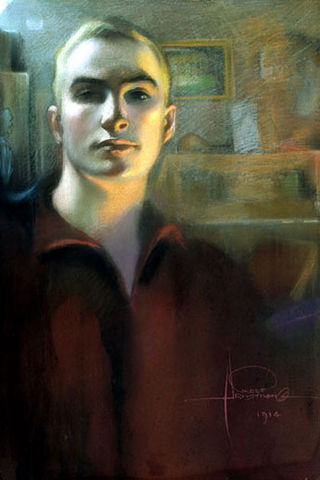
Rolf Armstrong was an American commercial artist specializing in glamorous depictions of female subjects. He is best known for his magazine covers and calendar art. In 1960 the New York Times dubbed him the “creator of the calendar girl.” His commercial career extended from 1912 to 1960, the great majority of his original work being done in pastel.
Lad mag was a term principally used in the UK in the 1990s and early 2000s to describe a then-popular type of lifestyle magazine for younger, heterosexual men, focusing on "sex, sport, gadgets and grooming tips". The lad mag was notable as a new type of magazine; previously, lifestyle magazines had been almost entirely bought by women. It was the central cultural component of 1990s lad culture. The rapid decline of the lad mag in the late 1990s/early 2000s is generally associated with the rise of the Internet which provided much of the same content for free.
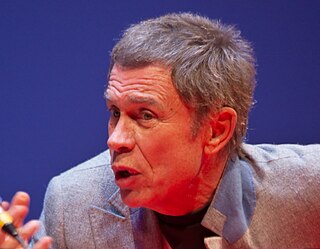
Jean-Paul Goude is a French graphic designer, illustrator, photographer, advertising film director and event designer. He worked as art director at Esquire magazine in New York City during the 1970s, and choreographed the 1989 Bicentennial Parade in Paris to mark the 200th anniversary of the French Revolution. In addition, over the last three decades, he has created campaigns and illustrations for brands including Perrier, Citroën, Kodak, Chanel, Kenzo, Shiseido, Cacharel, H&M, Galeries Lafayette and Desigual.

A plus-size model is an individual size 12 and above who is engaged primarily in modeling plus-size clothing. Plus-size clothing worn by plus-size models is typically catering for and marketed to either big, tall or overweight men and women. Plus-size models also engage in work that is not strictly related to selling clothing, e.g., stock photography and advertising photography for cosmetics, household and pharmaceutical products and sunglasses, footwear and watches. Therefore, plus-size models do not exclusively wear garments marketed as plus-size clothing. This is especially true when participating in fashion editorials for mainstream fashion magazines.

Nude photography is the creation of any photograph which contains an image of a nude or semi-nude person, or an image suggestive of nudity. Nude photography is undertaken for a variety of purposes, including educational uses, commercial applications and artistic creations.
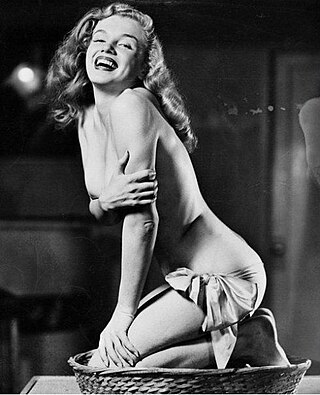
Glamour photography is a genre of photography in which the subjects are portrayed in attractive poses ranging from fully clothed to nude, and often erotic. Photographers use a combination of cosmetics, lighting and airbrushing techniques to produce an appealing image of the subject. The focus lies in the beauty of the subject's body or portrait; as such, beauty standards are often a key determinant of glamour model trends. A popular subset of this type of photography is "pin-up", for women, and "beefcake", for men.
Gary Bernstein is an American photographer and author.

Voldemar Ryndzune Vetluguin was a Russian-American writer, publicist, journalist and film producer.


